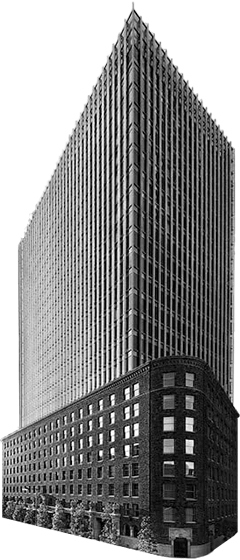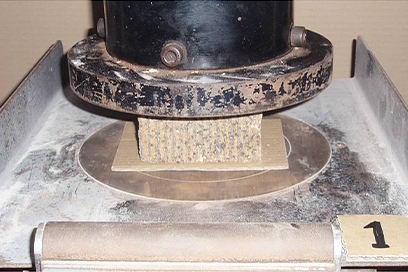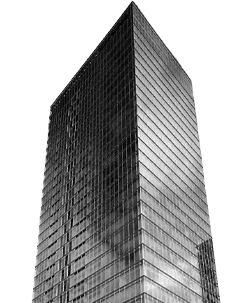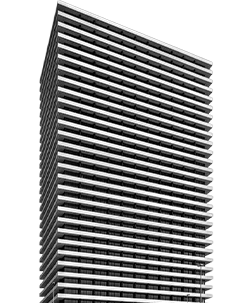 09
2013
09
2013
Osaka
The 3 Nakanoshima Joint Development Project
Tradition and the Challenge of Modernity in Constructing the Nakanoshima Daibiru Building and Daibiru-Honkan Building
Preserving Authentic Materials That Witnessed History
In order to restore the nearly 90-year history told by our building’s appearance, Daibiru chose to retain authentic materials that had been used in the Daibiru-Honkan Building for the new design. The authentic materials referred to here are the terra cotta, bricks, and stone reliefs that made up the exterior of the Daibiru-Honkan Building. The company decided to reuse those materials, but there was a question regarding whether or not they would have sufficient performance and durability. Would there be any risk of damage in the future if they were used as is? Would removing them during demolition even be possible in the first place? To answer these questions, Daibiru began inspections involving the contractor, as well as deterioration surveys and strength tests with the realization that if safety and functionality requirements could not be met, then giving up on this plan would be unavoidable, but if they could be met, then those authentic materials should be used to the extent possible.
The bricks were tested to see if removal was possible in the first place, as well as to see if the removed bricks had sufficient compressive strength, water absorption, and frost resistant properties. Simply scrapping the materials and starting over from scratch would have been easier, but reusing them would have required far more time and repetitive costly work. All the bricks were removed, separated, and had their joint mortar removed. After being washed with medium-pressure water, they were back to their original state. There were approximately 180,000 bricks, and removal took about two months.
In order to check the quality of the bricks themselves for reuse, they were tested at a laboratory, and most of them were found to be of high quality with no problems at all, even by modern JIS standards. As for what bricklaying method to use, Daibiru succeeded in laying these 90-year-old bricks using the cavity wall construction method as a result of performance testing. The stone relief carvings were also reused after several tests.
-
1927 1931 Hibiya Daibiru Buildings
No. 1 and No. 2 -
2007 International Operations
-
- An Unexpected Discovery of a Good Property
- Mutual Trust and a Long-Term Perspective as Points of Agreement
- The Acquisition of a Property in Hanoi Through Unity of Philosophy
- Implementing Daibiru Quality Through Building Renovations
- Challenges in Australia, Our Second Overseas Expansion Target
- The Discovery of 275 George Street
- Difficult Contract Negotiations with JHG
- Overcoming Several Unexpected Difficulties
-




